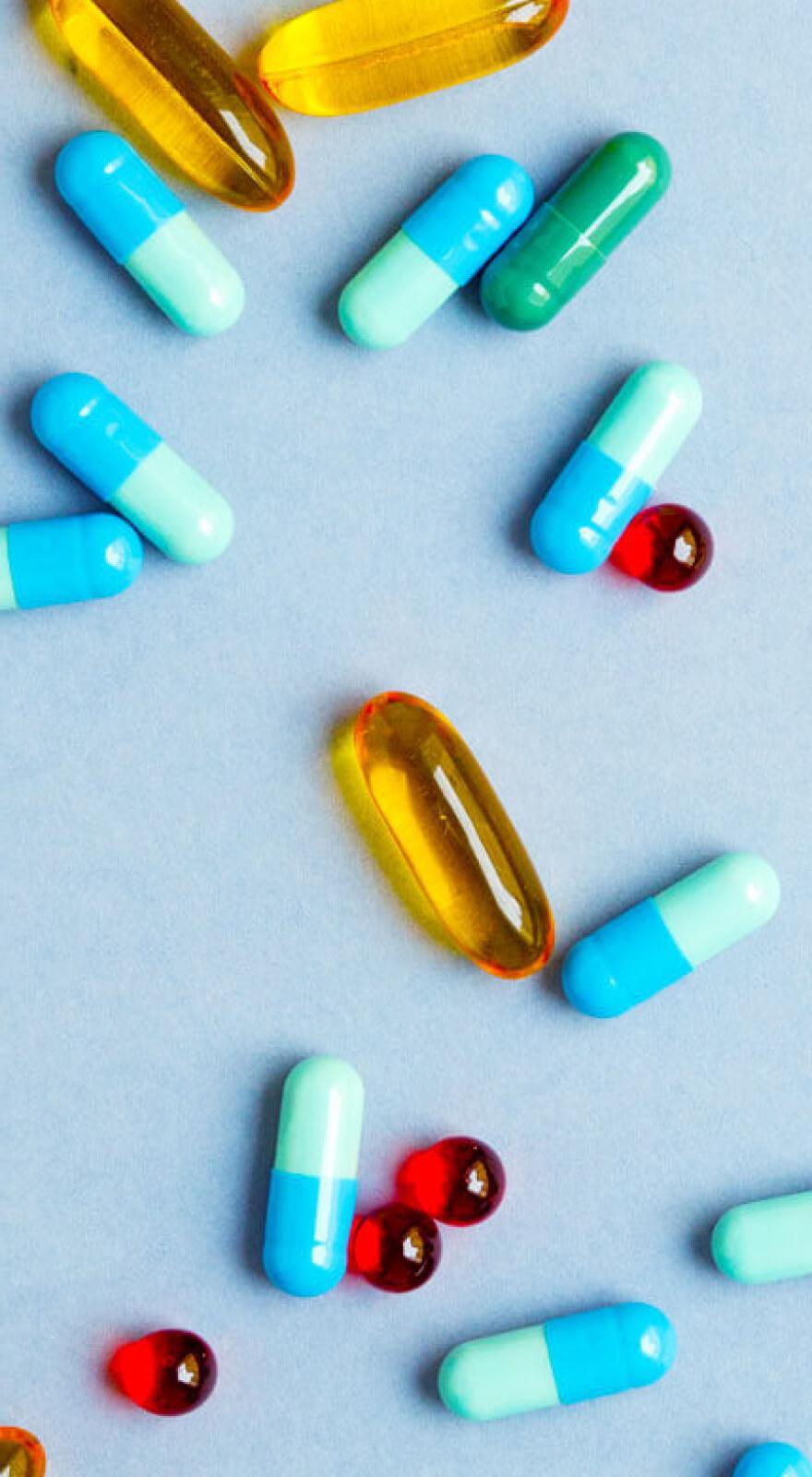Knowde Enhanced TDS
Identification & Functionality
- Chemical Family
- Chemical Name
- Base Chemicals Functions
- CASE Ingredients Functions
- Molecular formula
- C₁₀H₄Cl₃F₁₇Si
- Technologies
- Product Families
- Chemical Structure
Applications & Uses
- Markets
Properties
- Physical Form
- Chemical Properties
- Typical Properties
| Value | Units | Test Method / Conditions | |
| Boiling Point | 216 - 218 | °C | — |
| Melting Point | 10 - 11 | °C | — |
| Value | Units | Test Method / Conditions | |
| Hydrolytic Sensitivity | 8 (Reacts rapidly with moisture, water, protic solvents) | — | — |
| Surface Tension (of treated surfaces) | 12.0 | mN/m | — |
| Molecular Weight | 581.56 | g/mol | — |
| Purity | 97.0 | % | — |
| Density | 1.703 | g/ml | — |
| Refractive Index (at 20°C) | 1.349 | — | — |
Regulatory & Compliance
- Chemical Inventories
Technical Details & Test Data
- Fluorinated Alkyl Silane - Conventional Surface Bonding
- Aliphatic, fluorinated aliphatic or substituted aromatic hydrocarbon substituents are the hydrophobic entities which enable silanes to induce surface hydrophobicity. The organic substitution of the silane must be non-polar. The hydrophobic effect of the organic substitution can be related to the free energy of transfer of hydrocarbon molecules from an aqueous phase to a homogeneous hydrocarbon phase. A successful hydrophobic coating must eliminate or mitigate hydrogen bonding and shield polar surfaces from interaction with water by creating a non-polar interphase.
- Although silane and silicone derived coatings are in general the most hydrophobic, they maintain a high degree of permeability to water vapor. This allows coatings to breathe and reduce deterioration at the coating interface associated with entrapped water. Since ions are not transported through non-polar silane and silicone coatings, they offer protection to composite structures ranging from pigmented coatings to rebar reinforced concrete.
- SAMs (Self-Assembled Monolayers)
They can be applied neat or in solution via conventional lithography techniques to form SAMs. SAM is a layer of amphiphilic molecules created by the chemisorption onto a metal oxide, precious metal surface, plastic or nanoparticle substrates, followed by the 2-dimensional alignment of hydrophobic groups to form a structures single monolayer. The surface can be selectively modified to achieve the desired antisticktion, mechanical and chemical properties for microelectromechanical systems (MEMS) and nanoelectromechanical systems (NEMS).
- Extraction Process
- Atomic layer deposition (ALD) is a chemically self-limiting deposition technique that is based on the sequential use of a gaseous chemical process. In most cases, ALD reactions use two chemical precursors which react with a surface one at a time in a sequential, self-limiting, manner.
- A thin film results from repeating the deposition sequence as many times as needed to reach a certain thickness. The major characteristic of the films is their conformality and the tact that the amount of control provided by an ALD arrangement (where the reacting precursors are spatially separated) allows to obtain very thin deposited layers (as fine as 0.1 A per cycle).
- Precursor selection is key in ALD processes, namely finding molecules which will have enough reactivity to produce the desired films, but are stable enough to be handled and safely delivered to the reaction chamber.
Packaging & Availability
- Standard Packaging
- 5 g
- 25 g
- 500 g
- 2 kg
Packaged over copper powder

